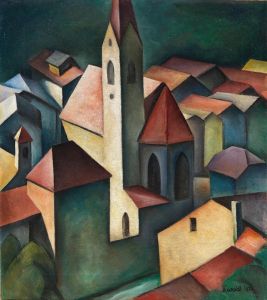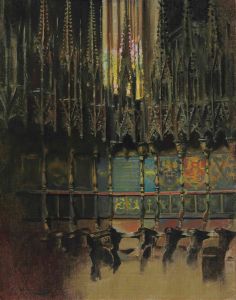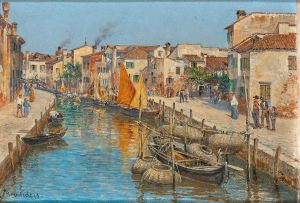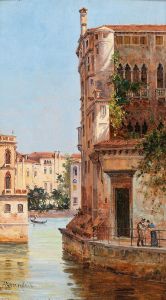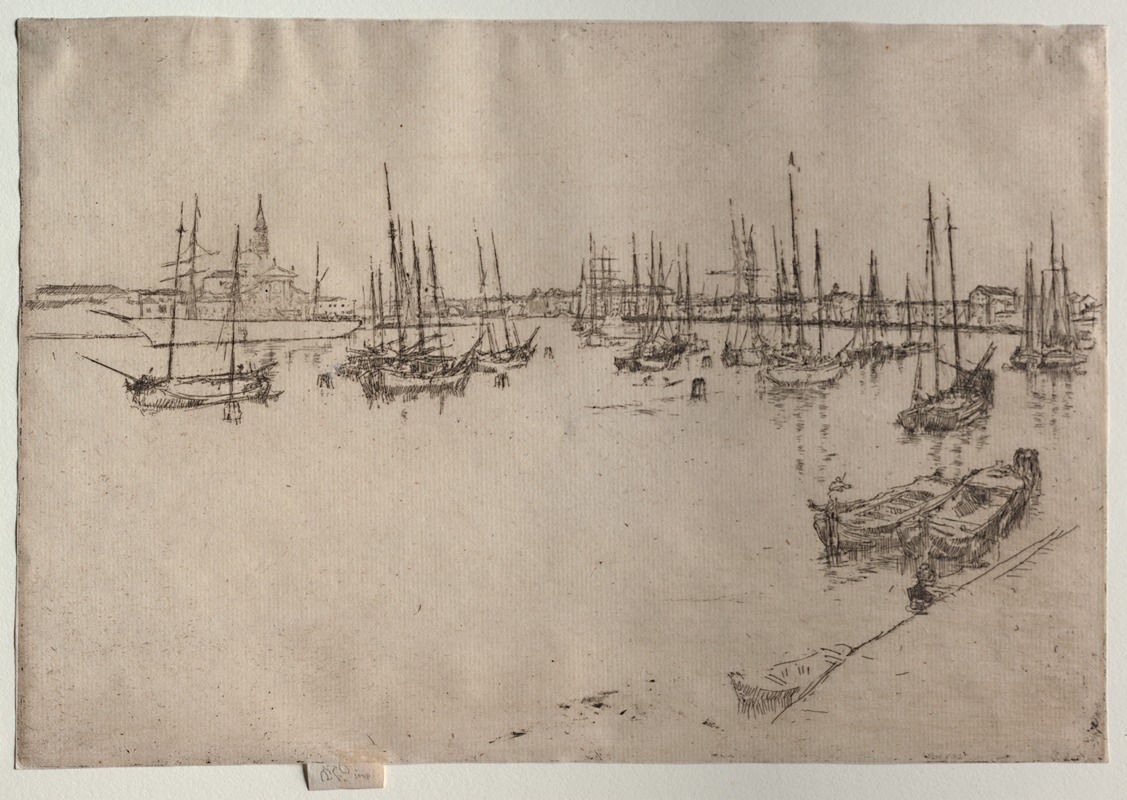
San Giorgio, Venice
A hand-painted replica of James Abbott McNeill Whistler’s masterpiece San Giorgio, Venice, meticulously crafted by professional artists to capture the true essence of the original. Each piece is created with museum-quality canvas and rare mineral pigments, carefully painted by experienced artists with delicate brushstrokes and rich, layered colors to perfectly recreate the texture of the original artwork. Unlike machine-printed reproductions, this hand-painted version brings the painting to life, infused with the artist’s emotions and skill in every stroke. Whether for personal collection or home decoration, it instantly elevates the artistic atmosphere of any space.
James Abbott McNeill Whistler's San Giorgio, Venice is a watercolor painting created during the artist's time in Venice in the late 19th century. Whistler, an American-born artist, is renowned for his innovative approach to art, particularly his use of color and composition. This work is part of a series of Venetian scenes that Whistler produced between 1879 and 1880, a period during which he focused on capturing the atmospheric qualities of the city.
The painting depicts the Church of San Giorgio Maggiore, a prominent landmark situated on the island of San Giorgio in Venice. Whistler's rendering of the scene is characterized by his delicate use of watercolor, which conveys the luminous and ethereal quality of Venice's light and water. The composition emphasizes the interplay between the architectural forms of the church and its reflection in the surrounding lagoon. Whistler's technique demonstrates his mastery of tonal harmony, a hallmark of his artistic style.
Whistler's time in Venice was both a creative and financial turning point in his career. He arrived in the city in 1879 after facing financial difficulties and professional challenges in London. During his 14-month stay, he produced a significant body of work, including etchings, pastels, and watercolors, which captured the unique atmosphere of Venice. These works were later exhibited to critical acclaim and contributed to the revival of his reputation as an artist.
San Giorgio, Venice exemplifies Whistler's ability to distill the essence of a scene through minimalistic yet evocative techniques. The painting avoids excessive detail, instead focusing on mood and atmosphere. This approach aligns with Whistler's broader artistic philosophy, which emphasized the importance of aesthetic experience over literal representation.
The painting is part of a private or institutional collection, though its exact location may vary depending on exhibitions or acquisitions. Whistler's Venetian works, including San Giorgio, Venice, continue to be celebrated for their innovative approach to depicting the city and their influence on the development of modern art.





